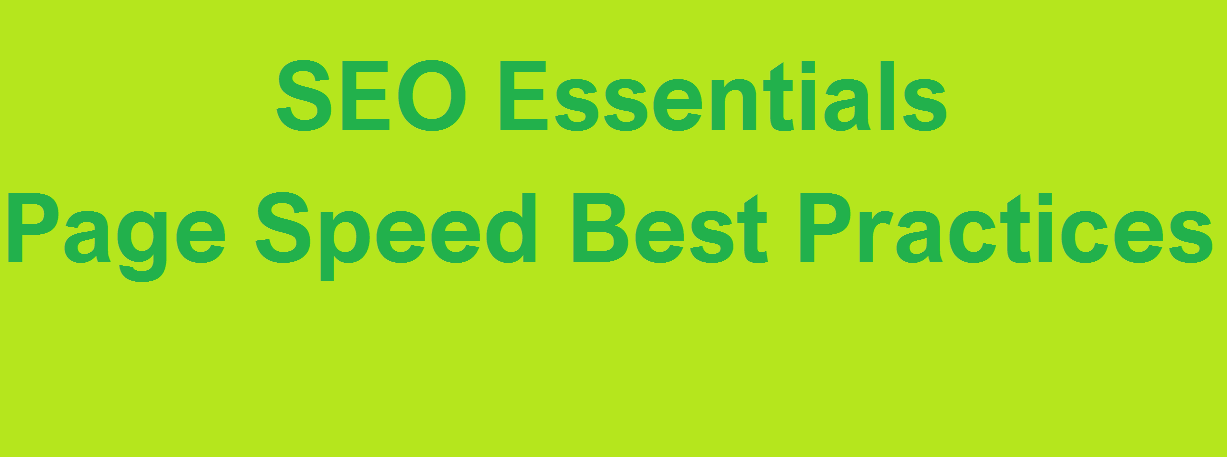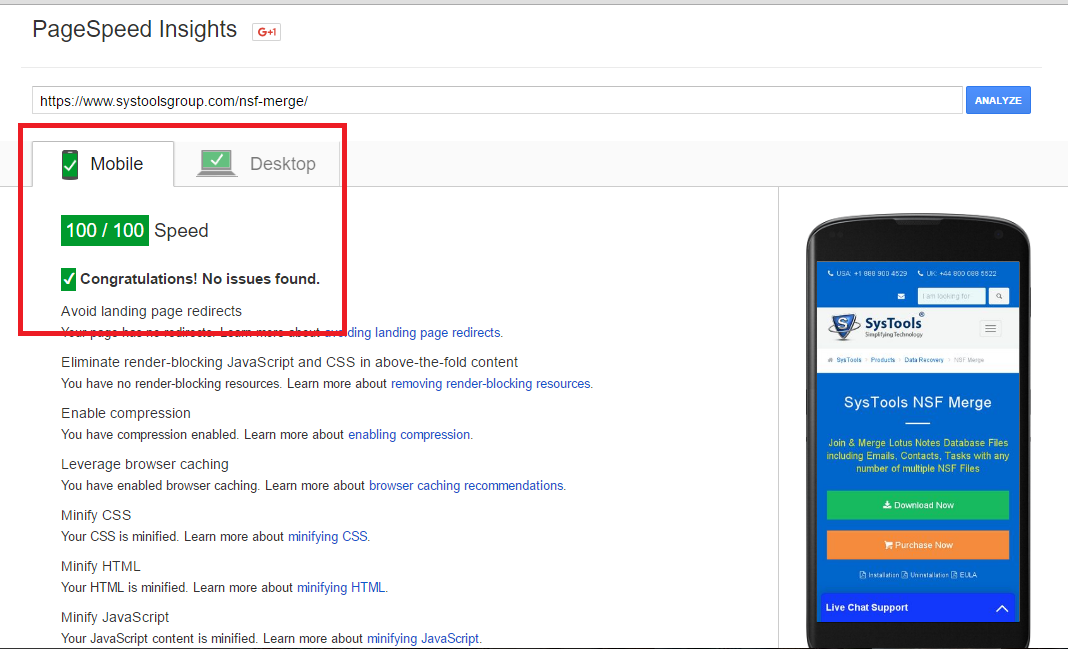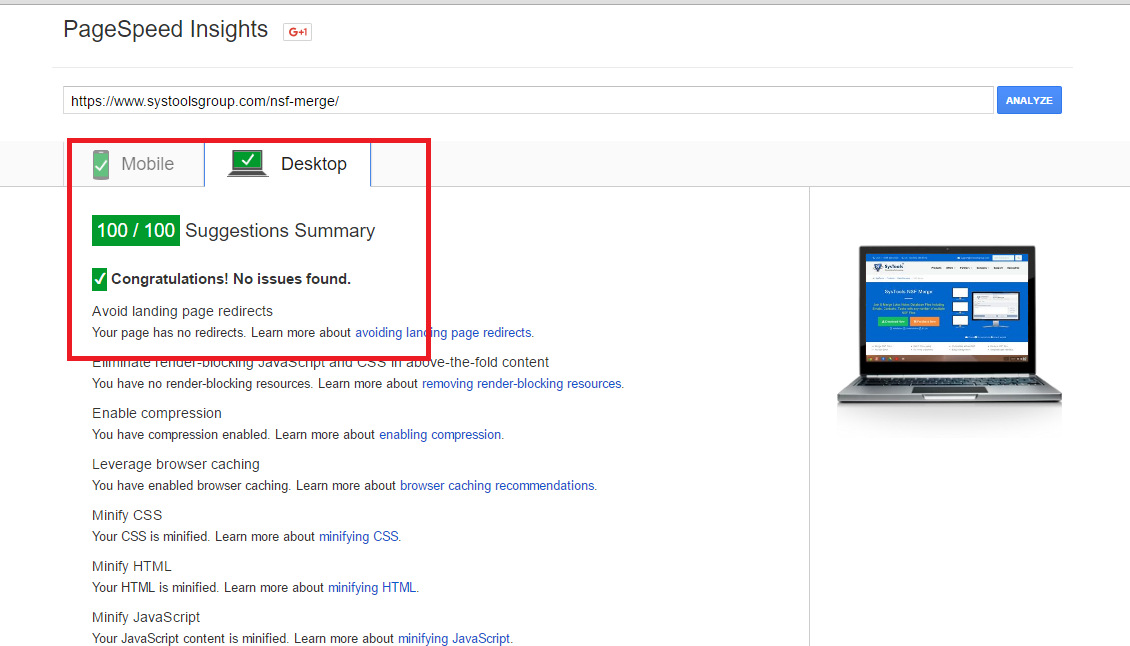Page Speed Best Practices

Page Speed Best Practices – Crucial Ranking Factor
In this blog, we will be discussing what is Google page speed score, page speed best practices, page speed implementations, page speed backend errors, and much more.
What is Page Speed?
Page Speed is the speed with which Web pages or media content is transferred from the servers and displayed on your Web browser. In simple words, we can say that the time a web page takes to fully display the content on a specific page.
Page load time is the total time taken while clicking the hyperlink and displaying the entire web content on your web browser.
According to SEO point of view, it is very necessary to follow page speed best practices because the faster the page speed, the better it. The page speed test should be performed in order to make your website rank well in SERP.
How Important is Page Speed for SEO?
In 2010, Google announced that it would consider good page speed score as a ranking factor. This was done because Google wants the users to get the best onsite experience.
The reason why Google has considered page speed score as a ranking factor are as follows:
- If a website loads fast, the chances of the users to stay on the website increases which decreases the bounce rate of that website.
- The page speed is also beneficial for the visitors of a website because the user understands the content quickly as it becomes easier for the visitors to navigate from page to page.
After discussing the importance of page speed for SEO, let’s discuss page speed best practices & the ways to implement them.
How to Increase Page Speed?
The page speed best practices that help you increase the page speed and get good ranking are as follows:
- Enable File or Content Compression
Use any third party tool to compress a file and reduce the size of CSS, HTML & JavaScript files that are larger in size. - Alter JavaScript, CSS, and HTML
Try to remove spaces, commas and unnecessary characters from your CSS, HTML & JavaScript code in order to increase your page speed. Google suggests YUI Compressor for both CSS and JavaScript file compression. - Reduce redirects
Every time a page is redirected to another page the user has to wait for the whole cycle to complete. This results in the poor page speed score. - Improve Server Response Time
Server Response Time is affected by the amount of traffic the website receives. To improve the server response time, try to fix issues like slow database queries, slow routing, or inadequate memory. - Utilize a Content Distribution Network
Content distribution networks (CDNs) are networks of servers that distribute the burden of delivering content. Copies of your website are stored at multiple data centers and at different geographical areas; this enables the users to have faster and reliable access to your website. - Optimize images
Avoid large sized images and try to use PNG (better for images with fewer than 16 colors) or JPEG images in your content. Use CSS sprites for images like buttons to avoid the decrease in page speed. - Leverage Browser Caching
Setting a maximum age in the HTTP headers for static resources or expiry dates instructs the browser to load the resources that were previously downloaded from the local disk rather than over the network.
So after discussing the page speed best practices, let’s see the tools that help us measure the page load speed of your web page.
Page Speed Checker Tool
PageSpeed Insights is a tool provided by Google for page speed test.
PageSpeed Insights:
Recently I had applied all the above-mentioned page speed best practices on the NSF merge product page & when I checked the page speed score it was 100/100.
The interface of PageSpeed Insights software is as follows. The tool shows page speed for mobile as well as desktop.
Page speed for mobile phone:
Page speed for desktop:
This tool shows the reasons why your site has poor or good page speed. After the speed test is complete, it generates a report.
Now after discussing page speed best practices and the tool to check page speed; let’s discuss the common page speed error that results in poor page speed.
Page Speed Error
We will be discussing the errors that alter good page speed score:
- Cheap web host: the web host performance depends on the price you pay. A cheap host would also result in slow page load speed.
- Unoptimized browser, app, and plugins: Websites using apps like Flash can slower the website speed.
- Complicated website theme: a heavy theme would result in slow page load speed and hence make it less user-friendly.
- Too many advertisements: multiple ads can hamper the page speed of the website.
- Large sized images: HD or large sized images can make your website slower so it’s better to use image compression for such images & use PNG images.
- Widgets: Widgets like social buttons, calendars, comments, etc may take a while to load. This can hence can decrease the page load speed of your website.
- Lengthy codes: Heavy HTML/ CSS code also makes the page slow.
- Multimedia from outside websites
Conclusion
Finally, this blog has come to an end. So far we have discussed what is page speed, the page speed best practices, the ways to boost up page speed, the user interface of the PageSpeed tool & the errors that lead to slow page speed.
In conclusion to this blog, we can say that the page speed is an essential factor in the case of SEO as the lower the bounce rate the more will be the traffic on the website & the better will be the ranking of the website on the SERP.
About the Author
Mariya Beckham is a Sr. SEO Executive at SysTools Inc. as well as an independent blogger. She has been working in the field of SEO since 2009. Her main area of interest is On Page SEO. Her other area of interest includes technologies like Office 365, MS Outlook, and Exchange Server.

